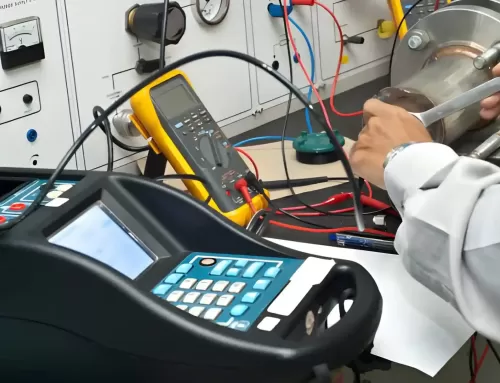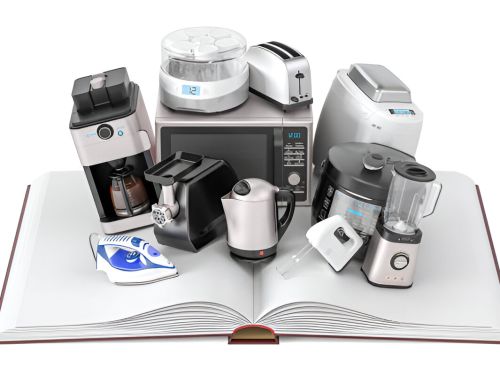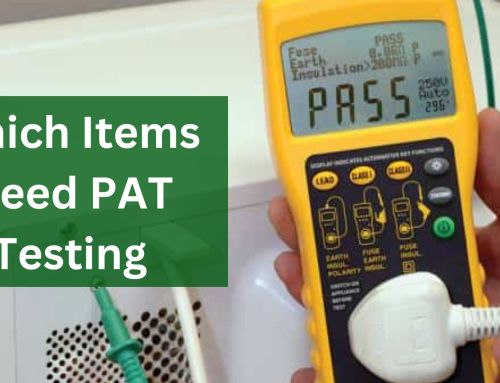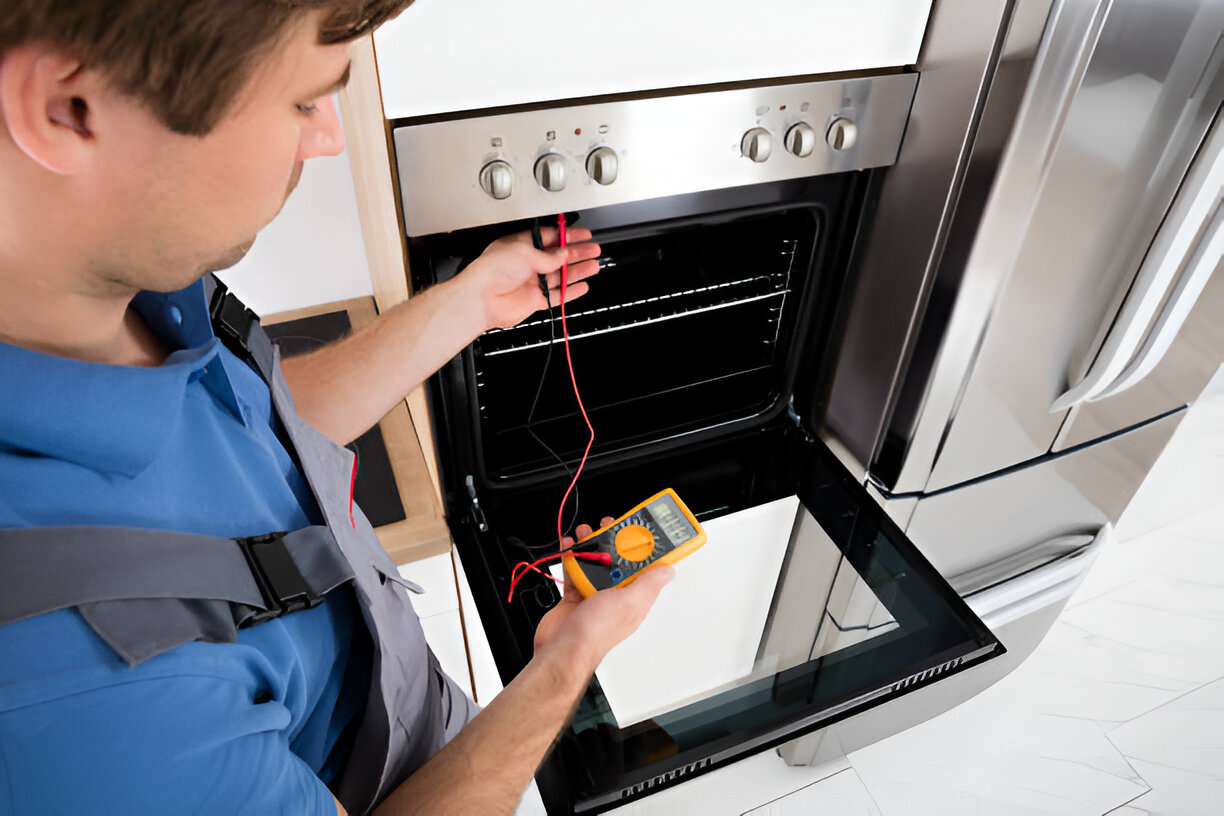
In the realm of electrical safety, Portable Appliance Testing (PAT) scores are pivotal, serving as benchmarks for assessing the operational safety of electrical appliances. Achieving a good PAT score is essential, yet what constitutes “good” can vary significantly based on several factors, including the type of appliance, its intended use, and the specific regulatory requirements it must meet. As we explore the nuances behind these scores, it becomes evident that understanding the criteria for a good score is not only about meeting legal obligations but also about ensuring a high standard of safety and efficiency in everyday operations. What might seem like a straightforward number can reveal a complex narrative about an appliance’s journey toward safety compliance. Let’s understand Understanding PAT Testing Scores: What Qualifies as a Good Score?
What is PAT Testing and Why Does Scoring Matter?
PAT (Portable Appliance Testing) Testing is a critical procedure designed to assess electrical appliances for safety through rigorous inspection and testing. This process forms a cornerstone of electrical maintenance protocols, ensuring that all devices comply with stringent operational and safety standards.

The PAT testing overview includes visual inspections and intricate electrical tests, such as earth continuity, insulation resistance, and functional checks.
The significance of scoring in PAT testing cannot be overstated. Each test yields quantitative results that determine an appliance’s compliance with safety norms. The scoring system is pivotal as it categorizes appliances into ‘pass’ or ‘fail’ statuses based on predefined criteria. A ‘pass’ indicates that the appliance meets the minimum safety requirements, whereas a ‘fail’ suggests potential hazards and necessitates immediate corrective actions.
Understanding the scoring significance is essential for maintaining high safety standards in environments relying on electrical appliances. It ensures that all operational equipment is safe for use, thereby mitigating risks of electrical faults, which could lead to injuries or fire hazards.
Mastery of PAT testing and its scoring system is imperative for technicians to effectively certify appliance safety and operational integrity.
Decoding PAT Testing Scores: What They Indicate
Understanding the scores derived from Portable Appliance Testing (PAT) is crucial for interpreting the safety status of electrical equipment. These scores are not arbitrary; they are rooted in established testing standards that prioritize user safety and equipment functionality.
Score interpretation is vital to ensure compliance with these standards and to maintain a safe working environment.
Decoding PAT Testing Scores: What They Indicate
- Compliance with Safety Regulations:
Each score reflects how well the appliance meets safety regulations. A high score indicates that the appliance adheres closely to the required safety standards, suggesting minimal risk associated with its use.
Lower scores may hint at potential safety issues that need addressing.
- Equipment Condition:
PAT scores can reveal the condition of the electrical equipment. Regular testing could show a decline over time, signaling the need for maintenance or replacement.
Conversely, consistently high scores across successive tests could indicate well-maintained or newer equipment.
- Risk Assessment:
The scores help in assessing the risk associated with the continued use of the appliance. They guide decisions on whether an appliance needs further testing, and repairs, or should be decommissioned, thus preventing accidents and ensuring operational continuity.
Understanding these scores in depth allows for a proactive approach to equipment management and safety compliance.
Identifying a Good PAT Score
Determining an optimal PAT score involves understanding the specific thresholds set by industry standards, which typically vary depending on the type of equipment and its intended use. A “good” PAT score is one that not only meets these predefined thresholds but also surpasses them to ensure a margin of safety and increased reliability of the electrical equipment.
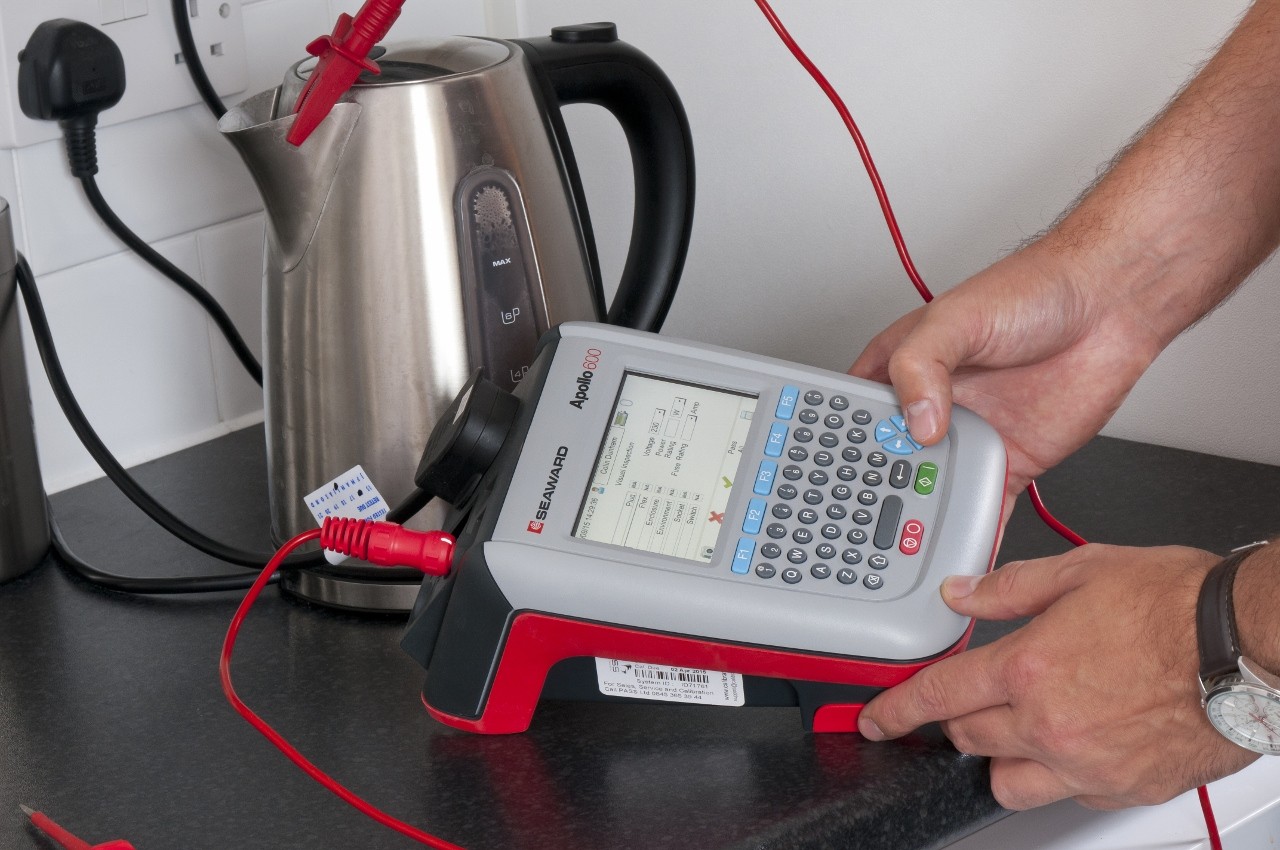
In defining good score criteria, it’s essential to consider the context of the equipment operation. For instance, medical devices and emergency equipment might have more stringent requirements compared to general office appliances. The score interpretation should align with the criticality of the equipment‘s function and the potential risk associated with failure.
A robust interpretation framework integrates both quantitative and qualitative assessments. Quantitatively, a good PAT score is often clear-cut, marked by readings that indicate a low risk of electrical faults such as insulation resistance significantly higher than the minimum acceptable value.
Qualitatively, factors like consistency of the score across similar devices and historical performance trends play a crucial role.
Understanding these nuances allows stakeholders to make informed decisions about equipment safety standards and operational reliability, ensuring that a good score translates into real-world efficacy and safety.
Common Factors That Affect PAT Test Results
Several variables can significantly influence the outcomes of Portable Appliance Testing (PAT), which assesses the safety of electrical devices. Understanding these factors is crucial for interpreting test results accurately and ensuring the reliability of electrical equipment in various settings.
Here are three primary factors:
- Environmental Conditions:
- The environment in which the electrical equipment is used or stored plays a pivotal role in its condition and functionality. High humidity, temperature fluctuations, and exposure to dust or chemicals can degrade components, leading to poor PAT outcomes.
For instance, moisture can cause corrosion or short circuits, which compromise safety.
- Equipment Age:
- As electrical devices age, their components can deteriorate. Insulation may break down, connections loosen and wear and tear can accumulate, increasing the likelihood of failure during testing.
Regular maintenance and timely replacement are essential to manage the risks associated with older equipment.
- Frequency of Use:
- Equipment that is used more frequently is subject to greater wear and tear, affecting its structural integrity and operational efficiency.
Devices that undergo constant use require more rigorous monitoring and frequent testing to ensure they remain within safety standards.
Each of these factors must be considered to maintain high safety standards and reliability in electrical appliances.
Tips to Improve PAT Test Scores
Improving Portable Appliance Testing (PAT) scores is essential for ensuring the continued safety and compliance of electrical equipment. Mastery of advanced testing techniques and meticulous equipment maintenance are critical strategies for achieving better results.
Implementing a systematic approach to PAT, which includes regular skills training for technicians, can significantly enhance the accuracy and reliability of test outcomes. Technicians should be equipped with a deep understanding of various electrical standards and safety regulations to identify potential equipment faults more precisely.
Furthermore, adopting the latest in testing technology can provide more comprehensive diagnostics, thus increasing the reliability of the PAT process. It’s crucial to ensure that all testing equipment is regularly calibrated according to manufacturer specifications and industry standards.
A routine review of testing protocols and updating them according to new industry insights and technological advancements can lead to continuous improvement in PAT scores. Additionally, meticulous record-keeping and analysis of past test results can help in identifying patterns and areas for improvement.
Such data-driven strategies enable targeted interventions that can drastically reduce the incidence of equipment failures and safety incidents, directly boosting PAT scores.
The Importance of a Good PAT Score for Compliance and Safety
A high Portable Appliance Testing (PAT) score not only reflects adherence to stringent safety standards but also ensures compliance with legal and regulatory requirements. Achieving a good PAT score is crucial for organizations across various sectors, particularly where the safety of electrical appliances is paramount.
This score signifies that an organization is committed to maintaining a safe working environment, which can substantially mitigate the risk of electrical hazards.
Here are three key benefits of maintaining high PAT scores:
- Enhanced Safety: A high PAT score confirms that electrical appliances meet strict safety standards, thus protecting users from potential electrical shocks or fire hazards. It serves as a proactive measure in preventing workplace accidents and fostering a culture of safety.
- Regulatory Compliance: Regular PAT testing and consistently high scores ensure that an organization complies with local and national electrical regulations. This compliance is not merely about avoiding legal repercussions but also about affirming the organization’s credibility and reliability in maintaining high safety standards.
- Trust and Reputation: Organizations with commendable PAT scores gain trust from clients, stakeholders, and regulatory bodies, enhancing their market reputation. This trust is pivotal for business continuity, client retention, and operational excellence.
Achieving and maintaining high PAT scores is thus integral to an organization’s operational and safety strategy, aligning with both business and ethical standards.
Final Thoughts: Aim for High PAT Scores with Regular Maintenance
Regular maintenance of electrical appliances is essential for consistently high PAT scores, serving as a cornerstone in an organization’s safety and compliance strategy. This proactive approach ensures not only the longevity and optimal performance of electrical equipment but also significantly mitigates the risk of accidents and non-compliance penalties.
Strategic maintenance routines aligned with rigorous score benchmarks provide a structured pathway for organizations to follow, ensuring that all equipment meets necessary safety standards.
Implementing robust maintenance strategies involves a detailed understanding of each appliance’s operational demands and the environmental factors that may affect its functionality. A comprehensive maintenance schedule should be created and meticulously followed, incorporating regular checks, timely repairs, and immediate attention to any anomalies detected during PAT testing.
Advanced planning for maintenance ensures minimal disruption to daily operations and contributes to a more favorable PAT score outcome.
Organizations should not only aim to meet the minimum score benchmarks but should strive to exceed them, thereby establishing a culture of safety excellence. This commitment to high performance in PAT scores reflects an organization’s dedication to the well-being of its stakeholders and can significantly enhance its reputation in industry circles.
Conclusion
In conclusion, achieving high PAT testing scores is imperative for ensuring electrical safety and compliance with regulatory standards. These scores, influenced by various factors including equipment age, usage frequency, and environmental conditions, serve as critical indicators of an appliance’s operational safety. Regular maintenance and adherence to advanced testing protocols are essential for enhancing these scores, thereby fostering a safe environment and upholding an organization’s reputation for diligence in electrical safety management.
About the Author: LandlordCertificate
Related Posts
Get Social
Recent Posts
- Fire Risk Assessment London Complete Guide to Compliance and Legal Responsibilities
- The Role of EICR London in Maintaining Safe Properties
- Fire Safety Report as a Smarter Way to Prove Compliance
- EICR Test and Modern Challenges in Property Safety
- Gas Safety Certificates: A Complete Guide for Property Professionals


